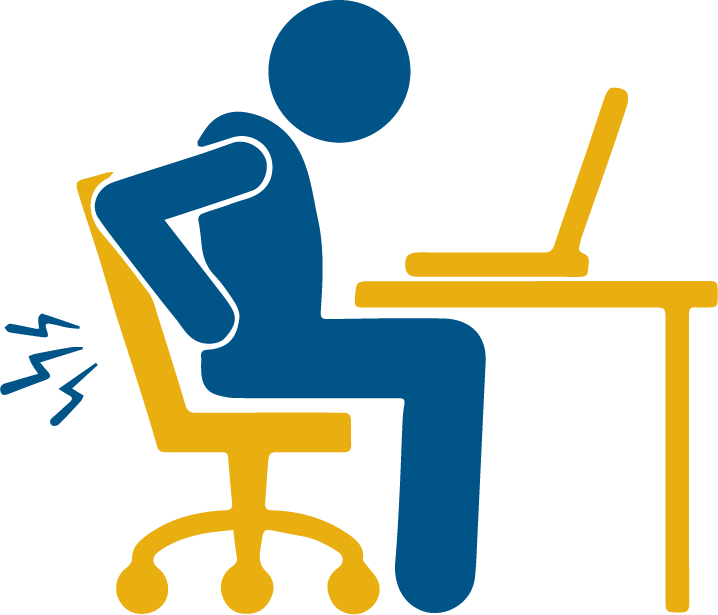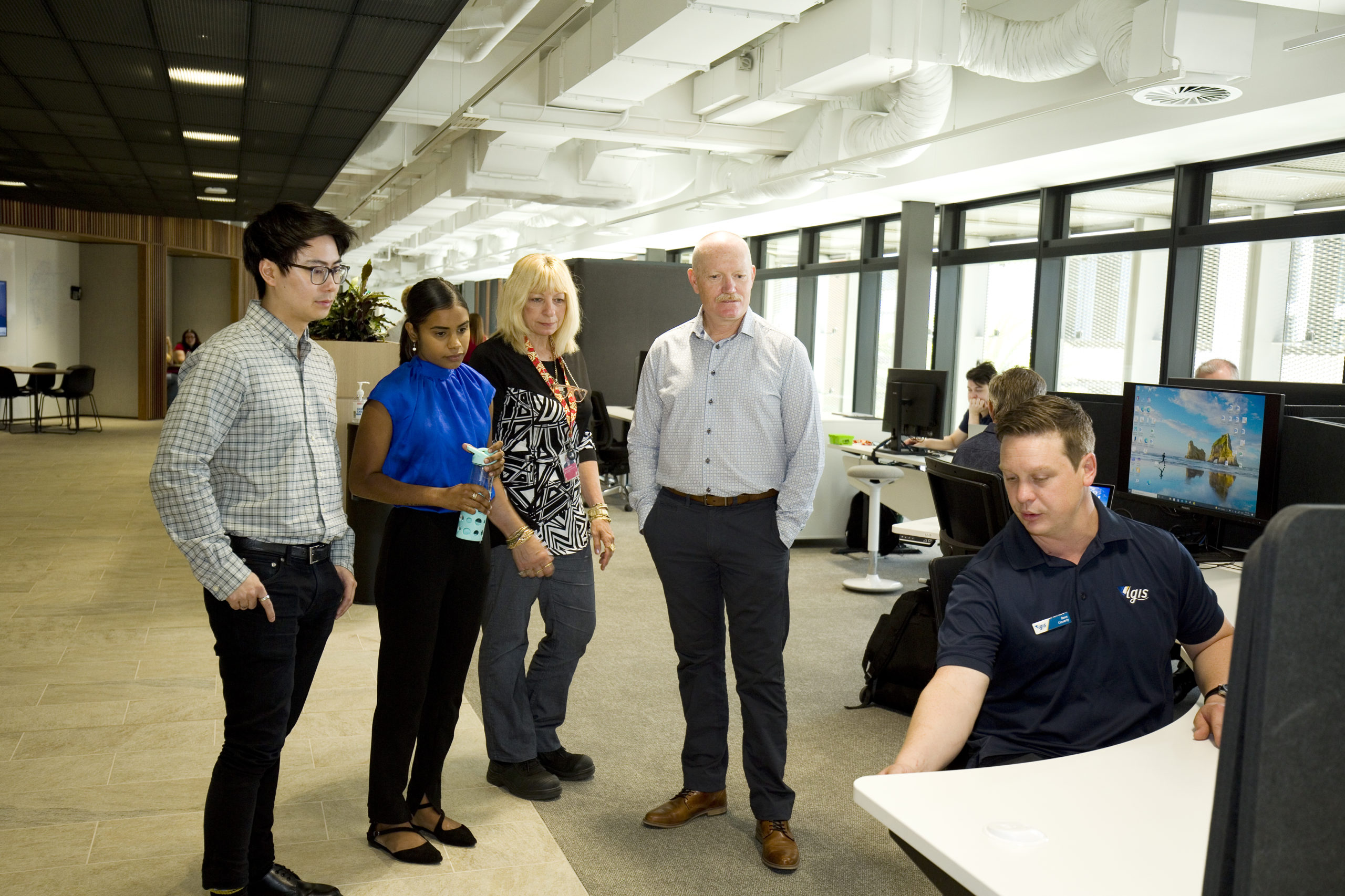What do I need to know about
new WHS reporting obligations?
WA’s new Work Health and Safety Act 2020 (WHS Act) and regulations will commence on 31 March 2022.

Local government workers are spending more time sitting at work. Without an ergonomic workstation set up this can lead to pain, discomfort and injury.
Ergonomics can roughly be defined as the study of people in their working environment. Particularly successful ergonomic designs modify the work to fit the worker, not the other way around. The goal is to eliminate discomfort and reduce the risk of injury due to work.
The City of Fremantle have been proactive in putting the safety of their office staff first. The City has recently designed a new head office at Walyalup Civic Centre, and engaged the LGIS injury prevention team in the planning and design process. LGIS provided guidance on suitable equipment, workstation layout and desk dimensions, to ensure the new office meets AS/NZS 4442:2018 ergonomic standards.
They have also proactively arranged for our injury prevention consultant to be onsite during staff relocation, providing introduction sessions on the adjustment of chair and desks and completing floor walks, enabling staff to ask questions as they arise.

WA’s new Work Health and Safety Act 2020 (WHS Act) and regulations will commence on 31 March 2022.
There is no hard and fast rule regarding whether contraction of the COVID-19 virus is compensable under the Workers’ Compensation & Injury Management Act 1981 (the Act) – it will need to be determined on the facts of each case.
The past two years have been tumultuous, with unplanned changes to restrictions, safety measures, and border closures adding to the stress and uncertainty of the COVID-19 pandemic.
What’s an ‘agile’ workplace?
An agile workplace is a type of work environment designed around complete flexibility. An agile workplace encourages workers to move freely around the office, making use of whichever space suits their objectives at that time. Agile office design is about providing workers with a variety of useful spaces where they can feel at their most productive.

“As one of the first LGAs in Western Australia to fully embrace activity base working (ABW), we had some unique challenges in setting up our new office spaces. Multiple times each day, our staff are moving from one office zone to another, depending on what fits best to the activity they are performing. This means that they need a much more detailed knowledge of how to adjust their chair, desk and peripherals to achieve an ergonomically sound setup. The LGIS injury prevention team were able to provide excellent expert advice in the lead up to our move as well as onsite training to our staff.” Kurt Spanswick – Team Leader OHS, City of Fremantle
LGIS injury prevention services can assist with assessing the workstation and making adjustments and recommendations to ensure it suits the worker, however there are also resources available on the Injury Prevention page of our website, including easy to use checklists on setting up your workstation – both in the office and at home, sitting and standing. There is also a new video which guides viewers through basic chair adjustments and workspace set up.
If you have any questions about ergonomics, or the services available, please contact the LGIS injury prevention team on 9483 8818.

The City of Fremantle’s new agile workplace sets the standard on putting employee
wellbeing – and ergonomics – first.

The recent Intergovernmental Panel on Climate Change (IPCC) report stresses the time to act on climate change is now, and there is much work to be done – including by local governments.

Local governments are often planning exciting new places for their communities to gather and play.
LGIS is the unifying name for the dedicated suite of risk financing and management services for WA local governments, established by the WA Local Government Association in conjunction with JLT Public Sector (part of the Marsh group of companies). LGIS is managed by JLT Public Sector (ABN 69 009 098 864 AFS Licence 226827).
Risk Matters, via this website, is designed to keep members, their staff and elected members informed on topical risk management and insurance issues and LGIS programs and services.